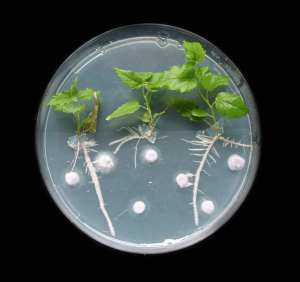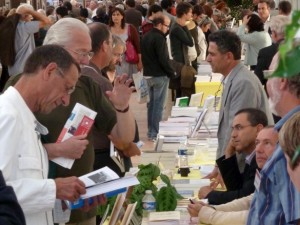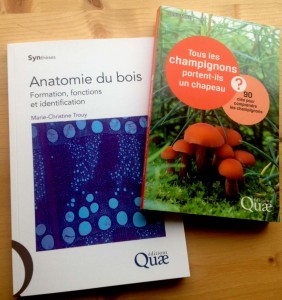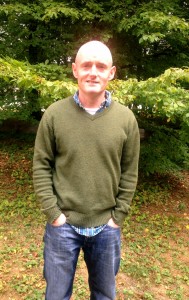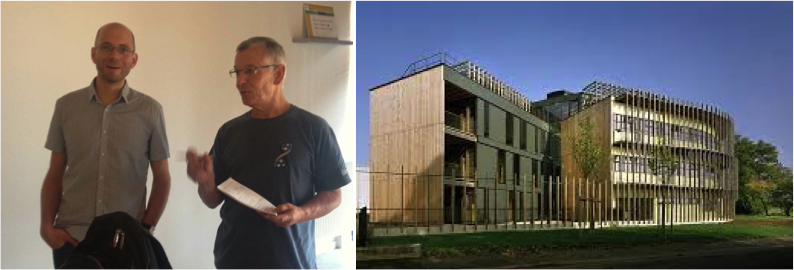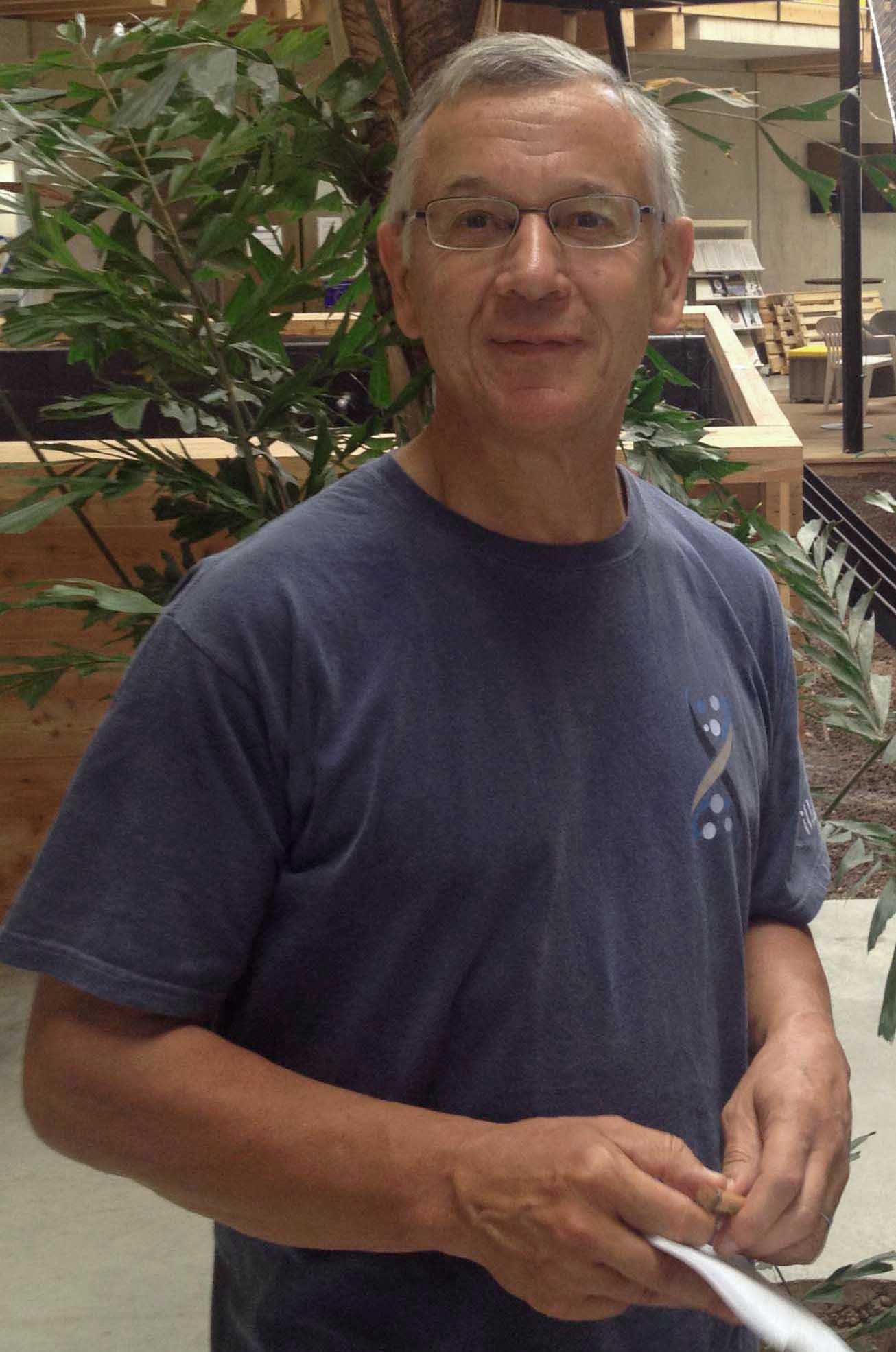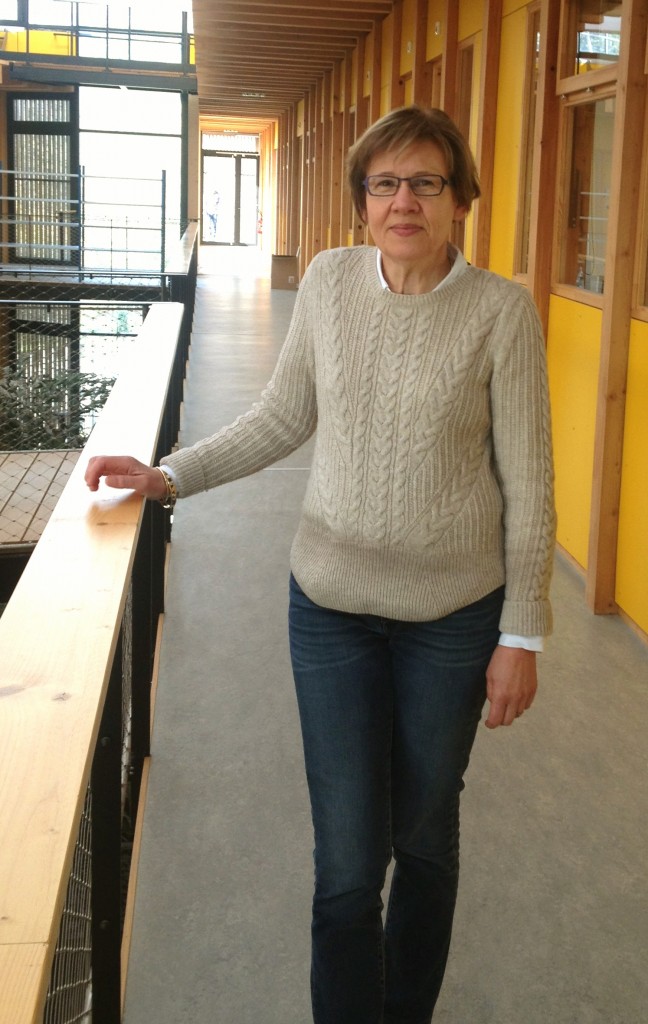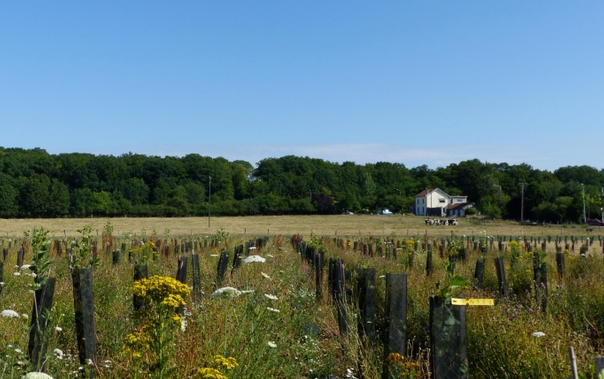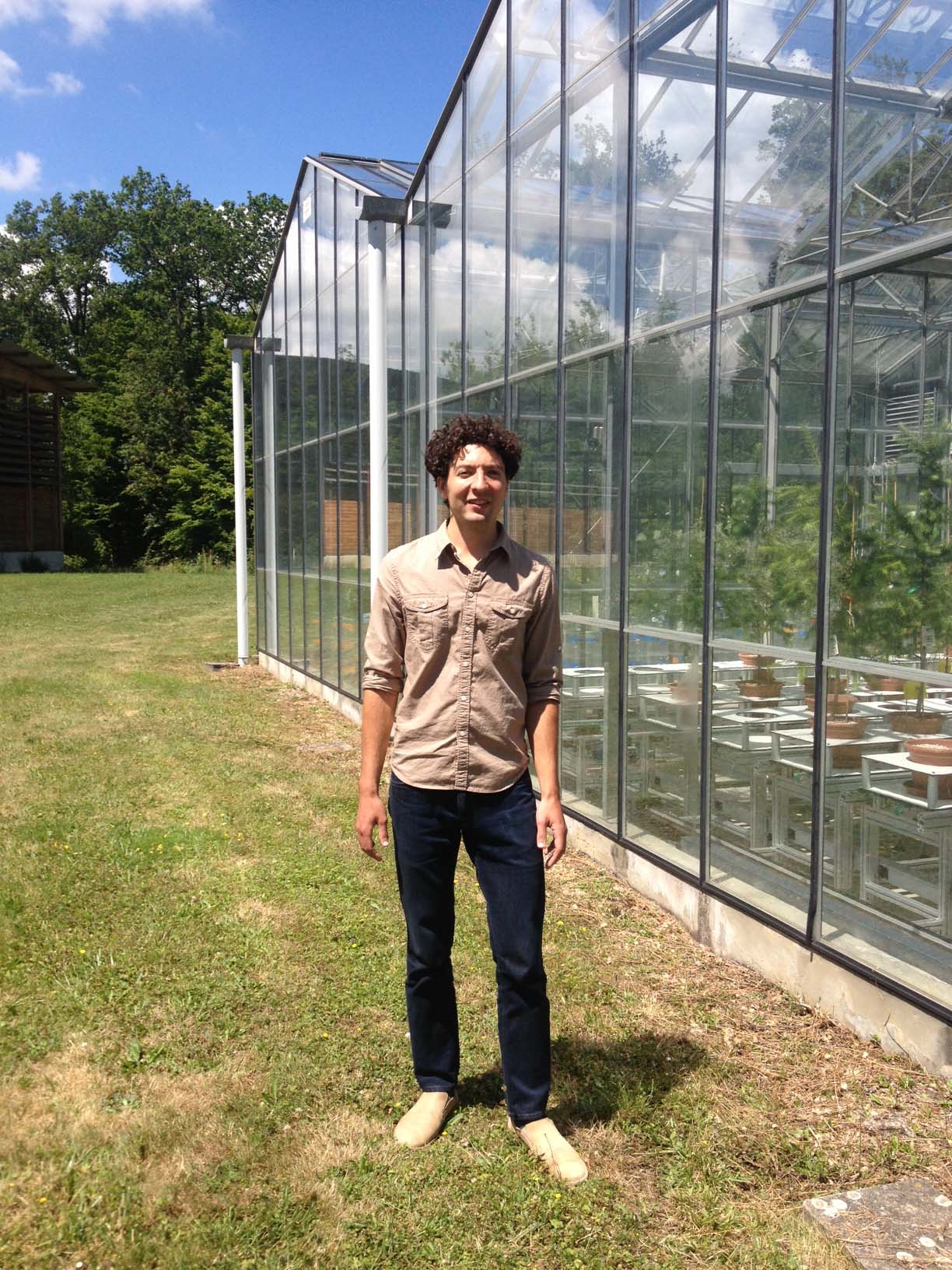Trilateral symposium for Integrative Plant Biology
INRA — UPSC — CRAG
6-8 October 2015
____________________________
On October 6-8, the first trilateral European symposium on integrative plant biology will take place at the INRA Nancy-Lorraine center in Champenoux. This meeting will bring together scientists from three institutions: the Umeå Plant Science Center in Umeå, Sweden (UPSC), the Center for Agricultural Genomics Research in Barcelona, Spain (CRAG) and the French National Institute for Agricultural Research (INRA). This symposium is part of a cooperation agreement between UPSC and INRA who together have created a “European Open Laboratory”, or UPRA.
In 2005, increasing connections between research projects at UPSC and INRA on biology and plant genomics lead to the creation of this virtual European laboratory. The objectives of this French-Swedish partnership were twofold. It aimed to bring together researchers to work jointly on projects on plant biology, principally by facilitating knowledge transfer and facilitating the use of common tools for modeling species such as Arabiodopsis thaliana, and even poplar. A parallel objective was to promote training programs for young scientists by organizing regular exchanges between laboratories in France and Sweden, ultimately to enable them to expand their networks.
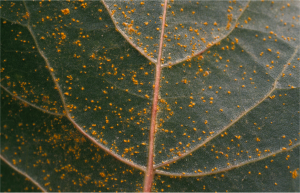 As 2015 marks the end of the commitment period for the framework convention signed in 2005, a new convention will be signed at this upcoming symposium. This cooperation agreement will welcome CRAG as a new partner. The extension of UPRA to include Spain is an excellent opportunity to promote exchanges across Europe by providing a framework to coordinate future European projects such as those requested by the directorate of INRA.
As 2015 marks the end of the commitment period for the framework convention signed in 2005, a new convention will be signed at this upcoming symposium. This cooperation agreement will welcome CRAG as a new partner. The extension of UPRA to include Spain is an excellent opportunity to promote exchanges across Europe by providing a framework to coordinate future European projects such as those requested by the directorate of INRA.
Registation for the symposium is open until September 15, 2015.



